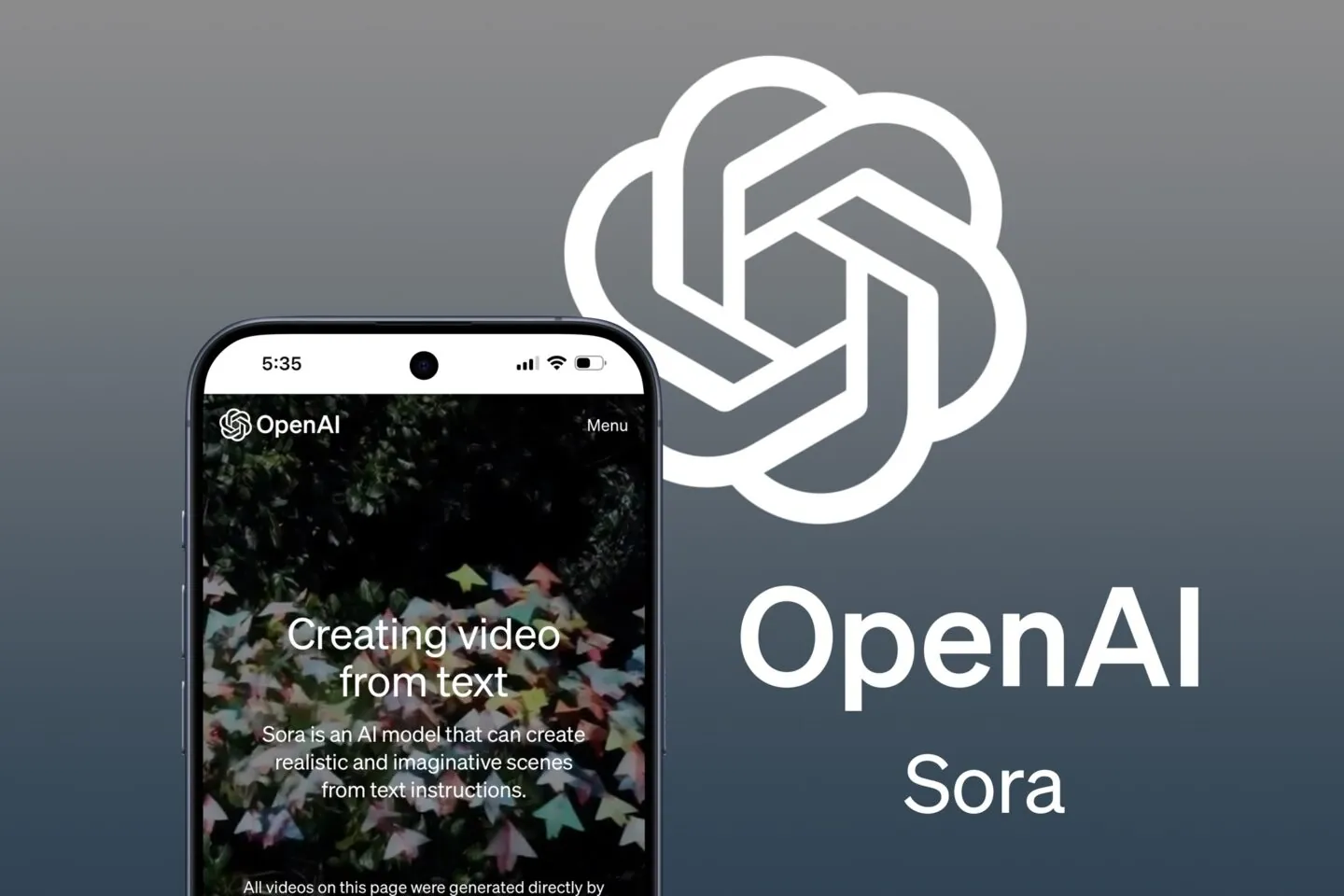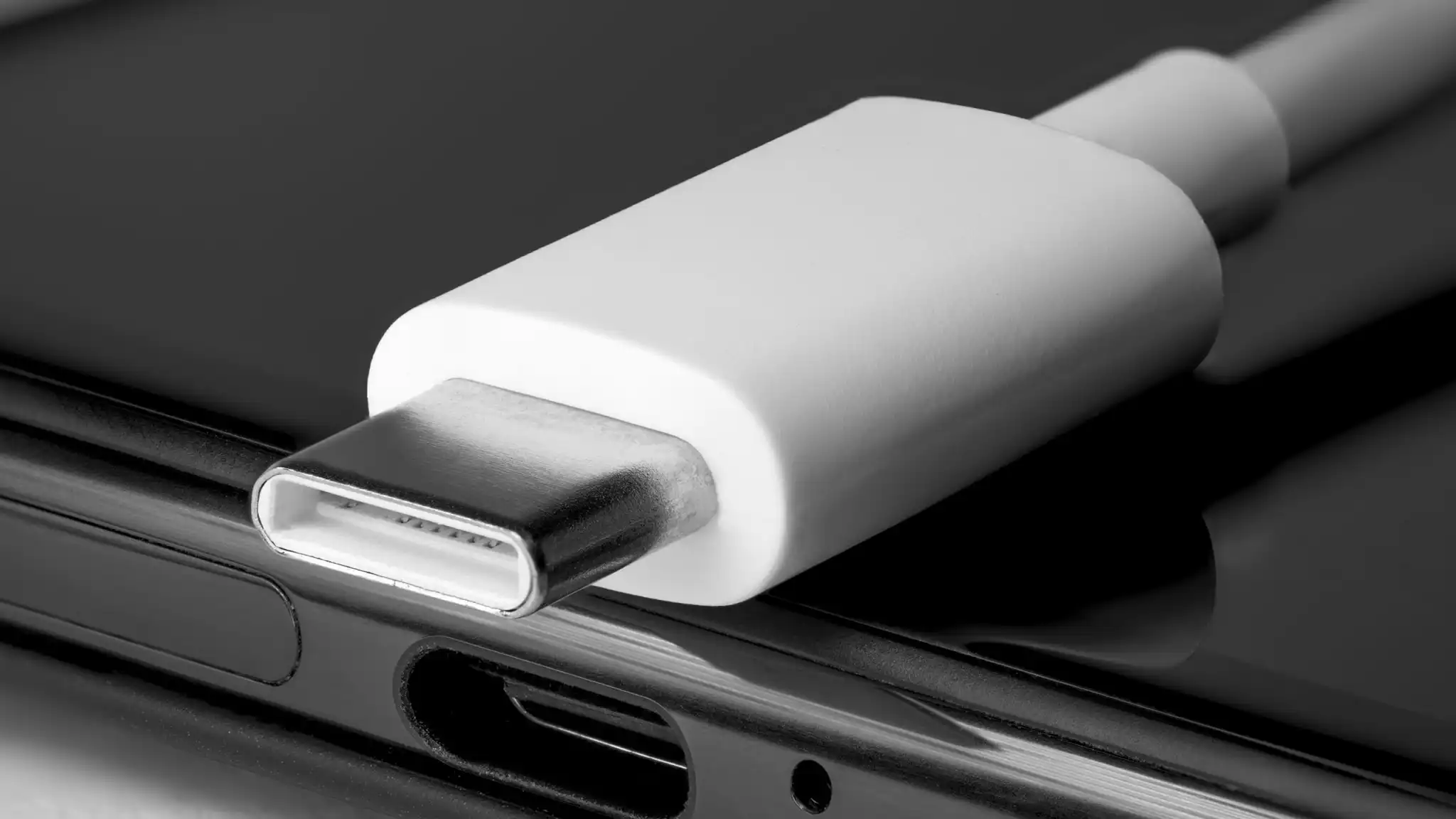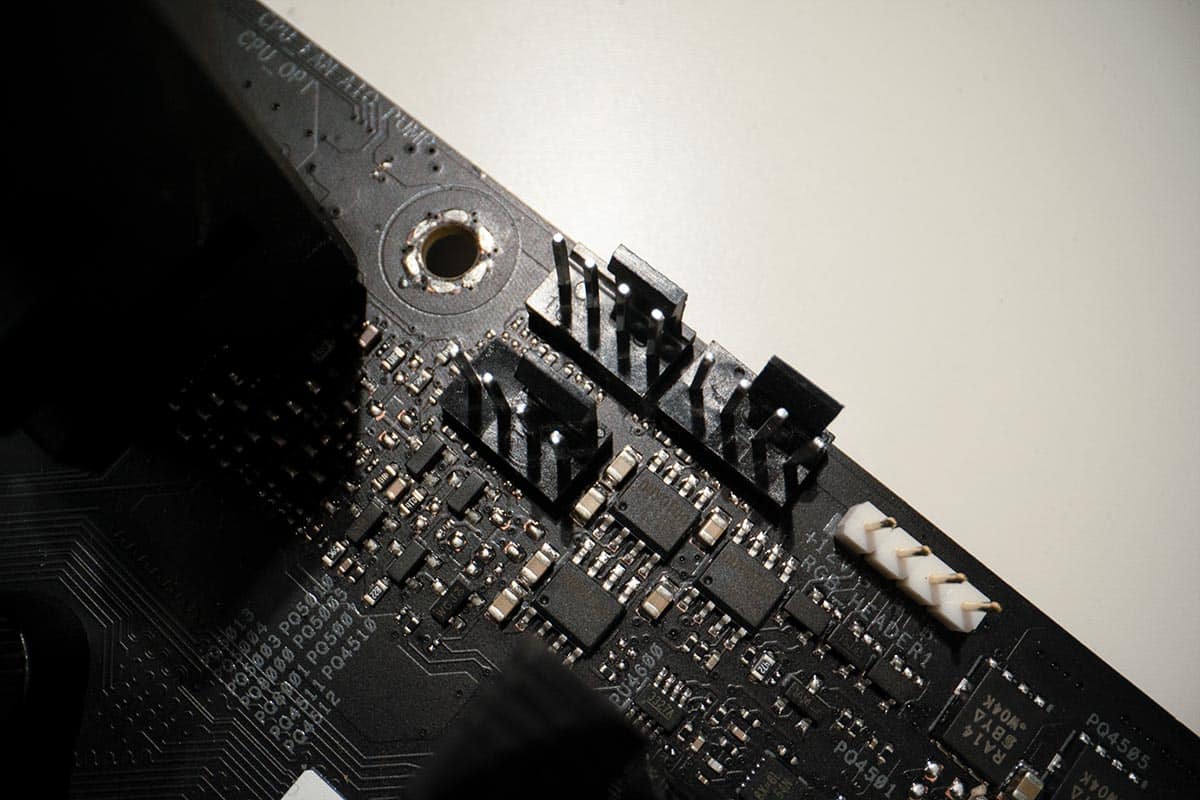
OpenAI, the renowned AI startup, has recently unveiled its latest innovation: Sora, a groundbreaking text-to-video model. This cutting-edge technology promises to elevate the standards of generative AI, rivaling even the likes of Google’s Lumiere. What sets Sora apart is its impressive capability to generate videos up to a minute in length, surpassing the limitations of its predecessors.
In a move to democratize access to AI-generated content, OpenAI has opened the doors for feedback from various stakeholders, including visual artists, filmmakers, and even experts in areas like misinformation and bias. This collaborative approach aims to refine Sora’s capabilities and address concerns surrounding the potential misuse of AI in creating deepfakes.
One of Sora’s remarkable strengths lies in its ability to interpret long prompts, crafting intricate scenes with multiple characters and detailed backgrounds. Leveraging Dall-E 3’s recaptioning technique, Sora generates highly descriptive captions for visual data, resulting in realistic and immersive videos. However, despite its remarkable realism, Sora still grapples with certain challenges, such as accurately depicting complex physics and understanding cause and effect.
While OpenAI has not disclosed a widespread availability date for Sora, the company is committed to ensuring safety and ethical standards are met before its release. As the AI landscape continues to evolve, Sora represents a significant milestone in the journey towards artificial general intelligence (AGI), bringing us closer to the realization of AI systems with human-like intelligence.




